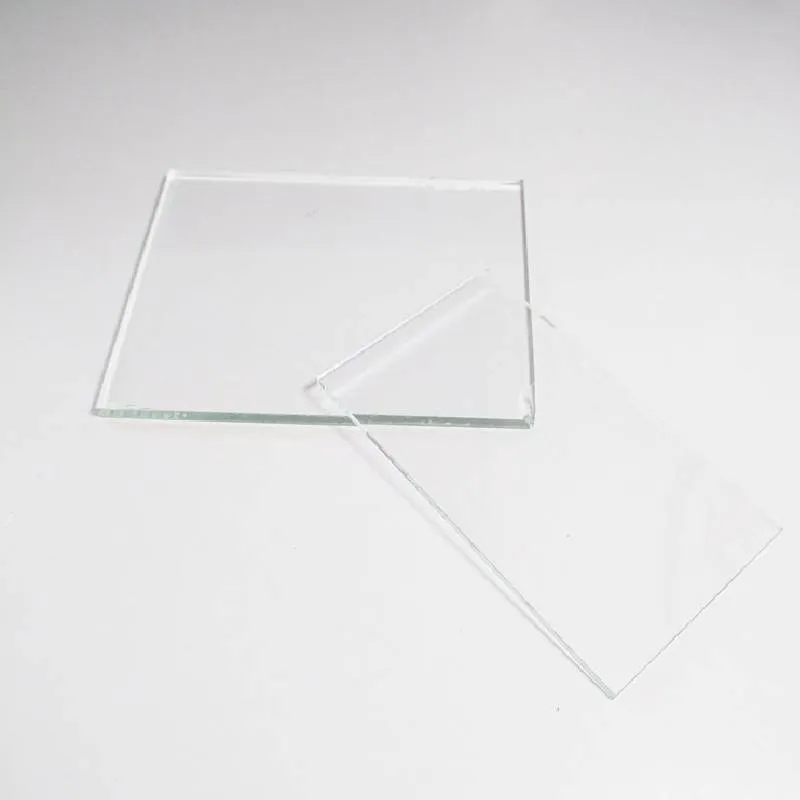Laminated and Tempered Glass A Comprehensive Overview
In the modern world of construction and design, glass plays a pivotal role. Among various types of glass, laminated and tempered glass are two of the most sought-after materials due to their enhanced safety features and aesthetic appeal. Each type offers unique properties, making them suitable for different applications in residential, commercial, and automotive sectors.
Laminated Glass
Laminated glass consists of two or more layers of glass bonded together by a transparent interlayer, typically made of polyvinyl butyral (PVB). This layer is sandwiched between the sheets of glass and is responsible for the increased durability and safety of the product. One of the primary advantages of laminated glass is its ability to hold together when shattered. The interlayer acts as a barrier, preventing glass shards from scattering and causing injuries. This characteristic makes laminated glass an ideal choice for applications where safety is a concern, such as in skylights, glass doors, and windows in high-rise buildings.
Another benefit of laminated glass is its sound insulation properties. The interlayer effectively dampens sound waves, making it a popular choice in environments where noise reduction is desired, such as recording studios, concert halls, and residential buildings near busy roadways.
Moreover, laminated glass provides UV protection. The interlayer can filter out up to 99% of harmful ultraviolet (UV) rays, protecting furnishings from fading and ensuring a safer environment for occupants. Additionally, many manufacturers offer tinted laminated glass, which provides privacy without compromising natural light.
laminated and tempered glass
Tempered Glass
On the other hand, tempered glass, also known as toughened glass, undergoes a process of extreme heating and rapid cooling. This procedure increases its strength, making it significantly more resistant to impact and thermal stress compared to standard glass. When broken, tempered glass shatters into small, blunt pieces rather than sharp shards, drastically reducing the risk of injury.
Tempered glass is widely used in environments exposed to high temperatures, such as shower doors, oven doors, and glass partitions. Its ability to withstand heat makes it a preferred material in the construction of facades for skyscrapers and commercial buildings, where temperature fluctuations can lead to structural challenges.
Additionally, tempered glass is often favored for its visual appeal. It can be produced in various thicknesses and can be coated or treated to enhance its aesthetic qualities. Architects and designers appreciate the clarity and sleekness that tempered glass brings to modern design, allowing for larger openings and expansive views without sacrificing safety.
Conclusion
In conclusion, both laminated and tempered glass have their own unique properties and advantages that make them essential materials in various applications. Laminated glass excels in safety, sound insulation, and UV protection, while tempered glass is known for its strength, safety upon breaking, and aesthetic appeal. Understanding the characteristics of these two types of glass not only helps architects and builders make informed decisions but also allows consumers to choose the right glass products that cater to their specific needs. As we continue to innovate in design and technology, the demand for high-performance glass products like laminated and tempered glass will undoubtedly continue to grow, shaping the way we construct and interact with our built environments.
 Afrikaans
Afrikaans  Albanian
Albanian  Amharic
Amharic  Arabic
Arabic  Armenian
Armenian  Azerbaijani
Azerbaijani  Basque
Basque  Belarusian
Belarusian  Bengali
Bengali  Bosnian
Bosnian  Bulgarian
Bulgarian  Catalan
Catalan  Cebuano
Cebuano  Corsican
Corsican  Croatian
Croatian  Czech
Czech  Danish
Danish  Dutch
Dutch  English
English  Esperanto
Esperanto  Estonian
Estonian  Finnish
Finnish  French
French  Frisian
Frisian  Galician
Galician  Georgian
Georgian  German
German  Greek
Greek  Gujarati
Gujarati  Haitian Creole
Haitian Creole  hausa
hausa  hawaiian
hawaiian  Hebrew
Hebrew  Hindi
Hindi  Miao
Miao  Hungarian
Hungarian  Icelandic
Icelandic  igbo
igbo  Indonesian
Indonesian  irish
irish  Italian
Italian  Japanese
Japanese  Javanese
Javanese  Kannada
Kannada  kazakh
kazakh  Khmer
Khmer  Rwandese
Rwandese  Korean
Korean  Kurdish
Kurdish  Kyrgyz
Kyrgyz  Lao
Lao  Latin
Latin  Latvian
Latvian  Lithuanian
Lithuanian  Luxembourgish
Luxembourgish  Macedonian
Macedonian  Malgashi
Malgashi  Malay
Malay  Malayalam
Malayalam  Maltese
Maltese  Maori
Maori  Marathi
Marathi  Mongolian
Mongolian  Myanmar
Myanmar  Nepali
Nepali  Norwegian
Norwegian  Norwegian
Norwegian  Occitan
Occitan  Pashto
Pashto  Persian
Persian  Polish
Polish  Portuguese
Portuguese  Punjabi
Punjabi  Romanian
Romanian  Russian
Russian  Samoan
Samoan  Scottish Gaelic
Scottish Gaelic  Serbian
Serbian  Sesotho
Sesotho  Shona
Shona  Sindhi
Sindhi  Sinhala
Sinhala  Slovak
Slovak  Slovenian
Slovenian  Somali
Somali  Spanish
Spanish  Sundanese
Sundanese  Swahili
Swahili  Swedish
Swedish  Tagalog
Tagalog  Tajik
Tajik  Tamil
Tamil  Tatar
Tatar  Telugu
Telugu  Thai
Thai  Turkish
Turkish  Turkmen
Turkmen  Ukrainian
Ukrainian  Urdu
Urdu  Uighur
Uighur  Uzbek
Uzbek  Vietnamese
Vietnamese  Welsh
Welsh  Bantu
Bantu  Yiddish
Yiddish  Yoruba
Yoruba  Zulu
Zulu 

